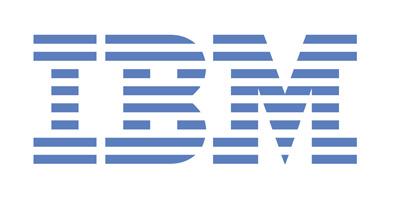“E-learning is a technology area that often has both first-tier benefits, such as reduced travel costs, and second-tier benefits, such as increased employee performance that directly impacts profitability.” – Rebecca Wettemann, research director for Nucleus Research
In 2002, the International Business Machines Corporation (IBM) was ranked fourth by the Training magazine on it’s “The 2002 Training Top 100”. The magazine ranked companies based on their commitment towards workforce development and training imparted to employees even during periods of financial uncertainty.
Since its inception, IBM had been focusing on human resources development: The company concentrated on the education and training of its employees as an integral part of their development.… Read the rest


